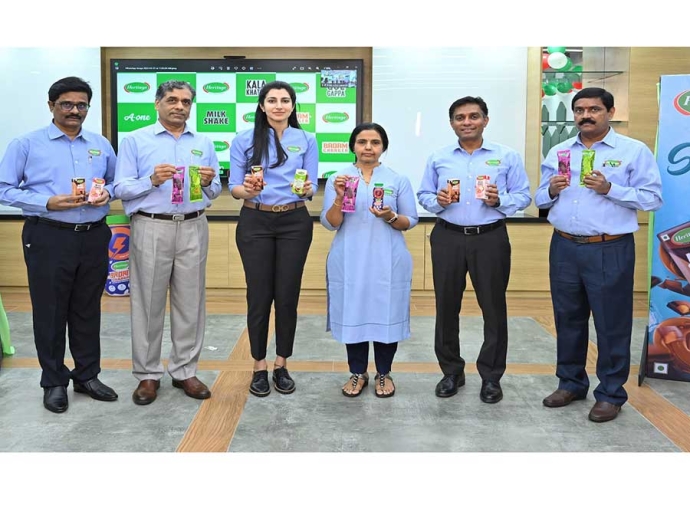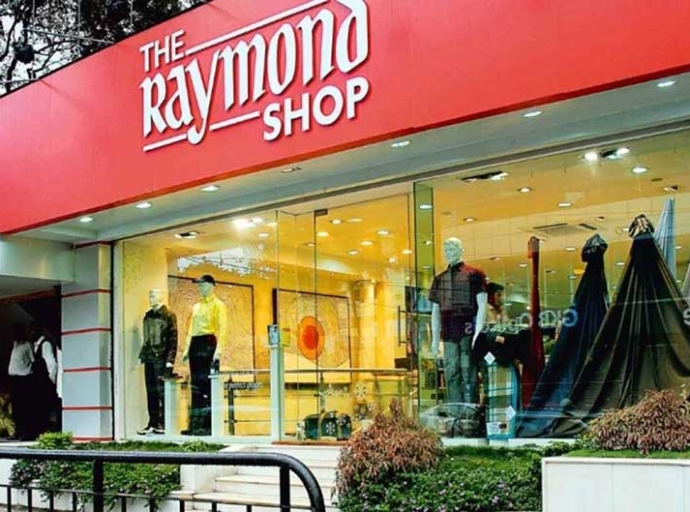D2C Fashion Brands: Disrupting the industry, one click at a time

21 February 2024, Mumbai
The fashion industry is undergoing a transformation, driven by the rise of Direct-to-Consumer (D2C) brands.
These digitally native players are bypassing traditional retail channels, connecting directly with customers, and strategically changing market dynamics. By cutting out middlemen, these brands connect directly with customers, offering greater control over brand narrative, data ownership, and potentially, higher profit margins.
Growth drivers
The D2C model has the potential to be highly profitable and scalable as it eliminates middlemen, D2C brands retain a larger share of the profit margin compared to traditional retail models. Their direct customer relationship enables data-driven decision-making and targeted marketing, leading to increased efficiency. And D2C brands can often operate with leaner teams and lower overhead costs.
With increasing net penetration and more and more consumers shopping online, D2C brands have readily accessible markets, especially in regions with limited traditional retail infrastructure. As per Statista global digital B2C sales is expected to reach $8.1 trillion by 2025. Moreover, technological advancements are boosting D2C markets. Virtual reality, augmented reality, and AI are enhancing the online shopping experience, making it more engaging and efficient
Younger generations prioritize convenience, personalization, and brand values, perfectly aligning with the D2C model, says McKinsey, State of Fashion 2023 report. Then there is the aspect of shifting consumer preferences. Growing demand for sustainability, ethical sourcing, and transparency resonates with D2C brands often emphasizing these values.
D2C brands changing retail ecosystem
Indeed, D2C brands are disrupting the market in several ways, feel experts. Their omnichannel approach seamlessly blends online and offline experiences offering physical stores alongside robust online platforms. This caters to diverse customer preferences.
For example in India, Nykaa a leading online beauty retailer that offers a wide range of products from international and Indian brands has successfully launched its offline fashion stores along with selling beauty products through shop in shops in prominent malls. Similarly, Lenskart, an online eyewear retailer that offers a wide range of eyeglasses, sunglasses, and contact lenses now operates offline stores successfully.
In fact, the future of the D2C market in India is bright, with the market expected to reach $100 billion by 2025. As internet penetration continues to grow and consumer preferences evolve, D2C brands are well-positioned to capture a significant share of the Indian retail market.
Also data-driven decisions work for them as they leverage customer data to personalize marketing, product offerings, and pricing, leading to higher engagement and conversion rates. This data advantage enables them to react faster to trends and offer niche products traditional retailers often miss.
Eco-consciousness; Many D2C brands prioritize ethical sourcing, eco-friendly materials, and transparent production processes, resonating with conscious consumers.
Externalities
They also foster strong online communities through social media interaction, influencer marketing, and loyalty programs, creating a sense of belonging. Their strong social media presence and influencer marketing boosts brand loyalty and create a sense of community. Brands like Everlane and Reformation showcase their values and ethical practices, resonating with conscious consumers.
Challenges & limitations
However, despite their positives, D2C brands face numerous challenges in their growth path. Building brand awareness is one of them. Breaking through the noise in a crowded digital marketplace can be challenging for new D2C brands, requires significant marketing investments.
Inventory management, with shorter production cycles and unpredictable demand, is crucial to avoid stockouts or overstocking. Indeed, maintaining optimal stock levels across multiple channels can be complex.
Nuanced picture
Also, building a robust and cost-effective fulfillment infrastructure can be complex, especially for geographically dispersed customers.
While D2C brands are primarily online, some are venturing offline for strategic reasons. It helps them showcase products, as physical stores allow customers to touch and feel products, especially for premium brands.
Experiential retail spaces strengthen brand identity and customer engagement. And offline stores can function as fulfillment centers or click-and-collect points.
Market segmentation
Globally, in D2C segment, premium brands like Bonobos and Glossier target affluent consumers with high-quality, differentiated products and personalized services. Mid-priced brands like Everlane and Reformation offer stylish, well-made clothing at accessible price points, attracting a broader audience.
While value segment brands like Shein and Boohoo focus on fast fashion and trendy styles at competitive prices, targeting budget-conscious consumers. In India too Nyka, Myntra, Lenskart, and Zivame are some major examples of successful D2C brands that are managing both offline and online stores.
Outlines
Both men and women’s wear dominates the D2C landscape, but niche brands in kidswear, activewear, and accessories are emerging. Casualwear is the most popular, but demand for formalwear and occasion wear is also growing.
Ethnicwear, too is gaining traction, especially in emerging markets like India, with brands offering modern interpretations of traditional styles.
Future guidance
Indeed, D2C fashion brands are reshaping the industry with their innovative approaches, personalized experiences, and direct customer relationships.
While challenges exist, their ability to adapt, leverage technology, and cater to evolving consumer preferences positions them for continued growth and disruption.
Latest Publications

































